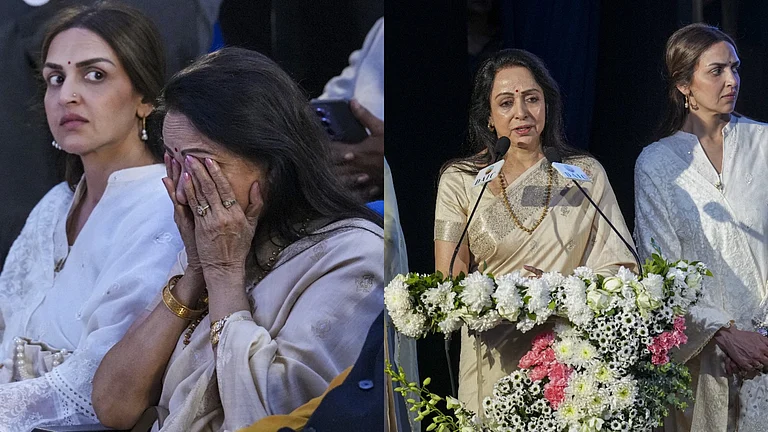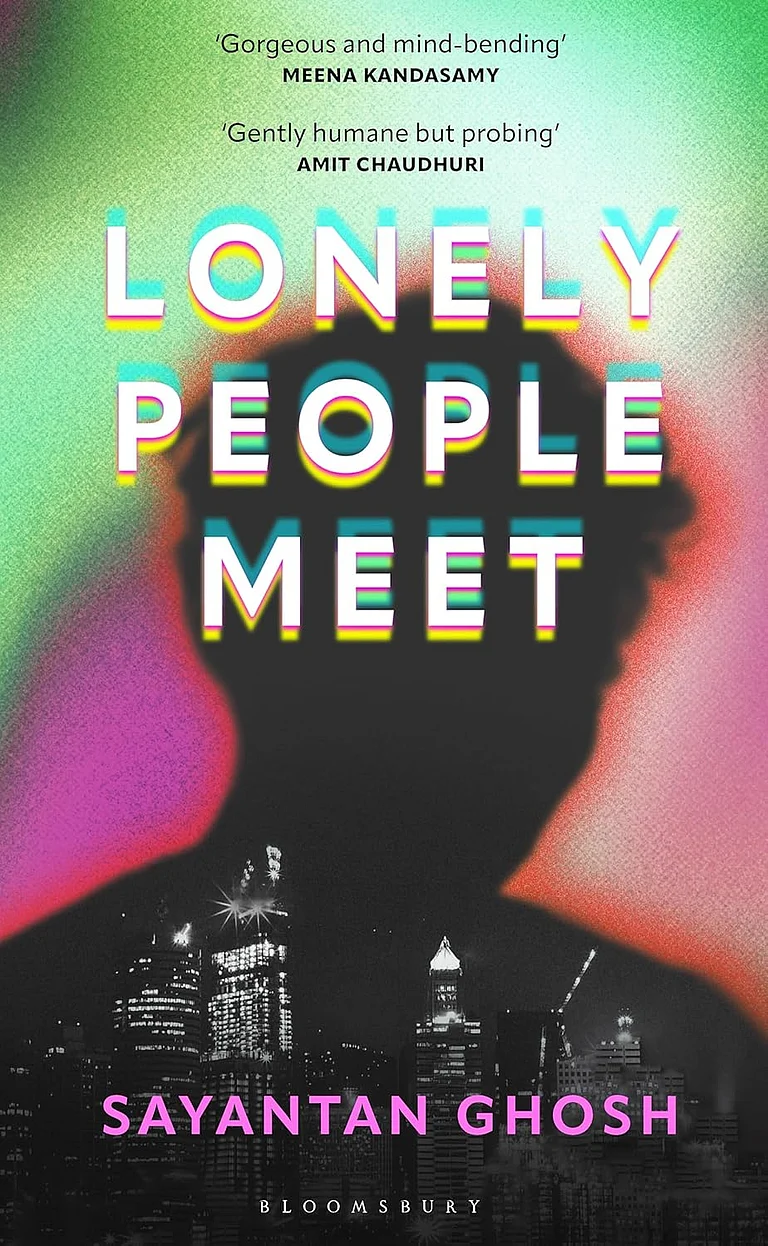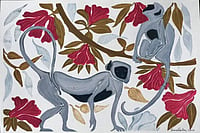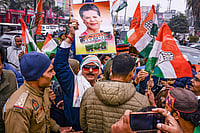Vintage City
On the train from Delhi to Jodhpur, which mercifully chugged out of Old Delhi station on time, the man seated across me happened to be a Jodhpur native. His family had lived in the city for generations. He was a retired government servant who had worked for the Indian Railways for over three decades. “What’s special about your home town?” I asked when we got talking. He was quick to respond.
His city—unlike most other Indian cities which have morphed into modern Frankensteins—still retains its old-world charm. Sure, there were more malls and pizza joints and soulless office towers than before. Sure, the migrant population in the city was rising. More people meant more cars. And more traffic jams. Also, new apartment complexes were sprouting in unlikely spots, including atop Jodhpur’s hills! “But my hometown’s heart hasn’t changed,” he smiled. “We are a warm and hospitable people. We make the best snacks…Snacks and stone (the famous sandstone of Jodhpur)—that’s our specialty.”
Keeping Time
Speaking of old-world charm, Jodhpur’s Ghanta Ghar (clock tower) has been keeping time since Maharaja Sardar Singh built it in the late 19th century. The current caretaker of the tower, Mohammad Iqbal, winds the clock by hand and keeps it running. It is a tradition three generations of his family have devotedly carried out. If you clamber up all the way to the top, which I did, you get a 360-degree view of the ‘Blue City’. Row after row of buildings in the old city are painted blue. They glint in the sun as they have done for ages. The clock tower is an old city landmark. Next to it lies Sardar Market, filled with shoppers who file in and out of stores selling spices, jewelry and Rajasthani handicrafts. There are plenty of food joints, too, offering delicious snacks and sweets: kachori, shahi samosa, mirchi bada, rabri, ghevar, churma laddoo, gulab jamun…The list is endless.
Wherever I went, a Jodhpur resident would recommend a dish or a drink I had to try, and also name specific shops which sell the best versions of these. Have dal baati churma, someone said. Make sure to drink makhaniya lassi before you leave, another person insisted. Have a sweet tooth? Get some mawa kachori, pronto.
Jodhpur is doing some heavy-lifting on the cultural front. In the week that I spent there, two major events lit up the calendar: Jodhpur RIFF—an annual, international roots music festival timed to coincide with Sharad Purnima (full moon), and Jodhpur Arts Week, which showcases contemporary as well as traditional art and crafts in venues scattered across the city. Both events attract lots of visitors from out of town. At Jodhpur RIFF, I ran into many a Bangalorean who said that the festival’s impressive lineup of folk musicians and the setting (the stunning Mehrangarh Fort) had bowled them over. “Bangalore loves music,” said a techie who had come to Jodhpur RIFF last year as well. “Wherever there’s music, we’ll head there,” he swore as the notes of the sarangi echoed in the moonlit ramparts of the fort.
In February, when Jodhpur basks in winter’s coda, the city plays host to the Sacred Spirit Festival, an annual celebration of spiritual music (such as Sufi music) and traditional art forms. Music lovers from across India and abroad flock to this unique fest.
History and Memory
Hoteliers in Jodhpur are a happy lot. Bookings are made for these events months in advance. Rooms sell out in a flash. Many visitors who make last-minute reservations end up disappointed. The place where I stayed was a ‘heritage hotel’, a royal home about a hundred years old, turned into a haven for travellers. Plenty of heritage hotels have sprung up across the cityscape. Many royal homes, seeped in history and memory, now house tourists who are eager to get a taste of Jodhpur’s past.
The lush green premises of my hotel echoed with birdsong at dawn. Bougainvillea bloomed on the vines. The walls of the compound enclose three spacious buildings made of sandstone: all owned by the same royal family. A chatty cook who whipped up breakfast and dinner informed me at the dining table that this family also owns a diamond business. She is fond of her employers. The maalkin (mistress) was a generous soul, she said. She had funded her daughter’s education and helped her join a B.Ed (Bachelor of Education) programme.
The sun played hide-and-seek on my last day in Jodhpur. The drizzle, falling on the old and the new, softened the desert sun’s sting.
Vineetha Mokkil is Associate Editor, Outlook. She is the author of the book 'A Happy Place and Other Stories'.
MORE FROM THIS ISSUE
This story appeared as Jodhpur Diary, Outlook’s November 1 issue, which explored how the spirit of questioning, debate, and dissent—the lifeblood of true education—is being stifled in universities across the country, where conformity is prized over curiosity, protests are curtailed, and critical thinking is replaced by rote learning, raising urgent questions about the future of student agency, intellectual freedom, and democratic engagement.
































